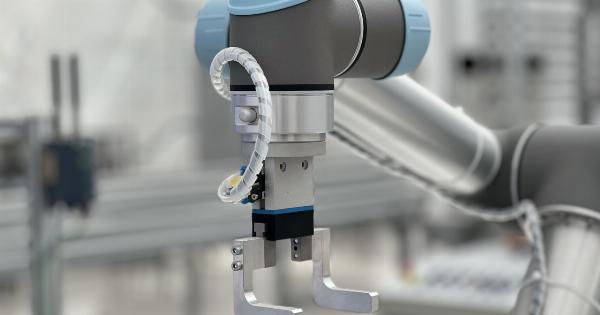Hip arthroplasty, also known as hip replacement surgery, is a surgical procedure to replace a diseased or damaged hip joint with an artificial joint.
It is a common orthopedic procedure that helps alleviate pain, improve mobility, and enhance the quality of life for individuals with hip conditions such as osteoarthritis, rheumatoid arthritis, or hip fractures. While traditional hip replacement surgeries have been successful, advances in technology and surgical techniques have led to the development of innovative approaches, such as the Anterior Minimally-Invasive Surgery (AMIS) technique.
The AMIS Technique: What Sets It Apart?
The AMIS technique is a minimally-invasive approach to hip arthroplasty that offers several advantages over traditional surgical methods.
Unlike posterior and lateral approaches, which involve cutting through muscles and tendons surrounding the hip joint, the AMIS technique utilizes an anterior approach that avoids muscle detachment.
By accessing the hip joint from the front of the pelvis, the AMIS technique minimizes disruption to the surrounding soft tissues, resulting in reduced pain, faster recovery, and improved functional outcomes.
The surgeon can work between the muscles, sparing them from detachment or damage, which can lead to muscle weakness or prolonged rehabilitation.
Benefits of the AMIS Technique
The AMIS technique offers several key benefits:.
1. Minimally-Invasive:
The AMIS technique involves a smaller incision compared to traditional methods, reducing tissue damage, pain, and scarring. The smaller incision also means less blood loss during surgery.
2. Quicker Recovery:
Due to the minimal tissue trauma and muscle sparing nature of the AMIS technique, patients often experience a faster recovery compared to traditional hip arthroplasty.
This allows individuals to return to their daily activities and regain their mobility sooner.
3. Reduced Postoperative Pain:
As the AMIS technique avoids cutting through muscles and tendons, patients typically experience less postoperative pain. This can reduce the need for strong pain medications and facilitate a more comfortable recovery process.
4. Improved Stability:
The AMIS technique allows for accurate placement of the artificial hip joint, resulting in improved stability and reduced risk of dislocation. This is particularly beneficial for active individuals who want to resume physical activities after surgery.
5. Enhanced Functional Outcomes:
Due to the minimal trauma and reduced risk of muscle damage, patients who undergo the AMIS technique often experience improved functional outcomes. This includes better range of motion, increased joint function, and overall enhanced quality of life.
Is the AMIS Technique Suitable for Everyone?
While the AMIS technique offers numerous advantages, it may not be suitable for all patients. The decision to use the AMIS technique depends on various factors, including the patient’s anatomy, overall health, and the surgeon’s expertise.
A thorough evaluation and consultation with an orthopedic surgeon specializing in the AMIS technique can determine if the approach is appropriate for a specific individual.
Conclusion
The AMIS technique represents an innovative and minimally-invasive approach to hip arthroplasty.
By utilizing an anterior approach and avoiding muscle detachment, the AMIS technique offers numerous benefits such as minimal tissue trauma, quicker recovery, reduced postoperative pain, improved stability, and enhanced functional outcomes. While it may not be suitable for everyone, the AMIS technique has revolutionized hip arthroplasty and continues to provide patients with improved surgical outcomes and a higher quality of life.

























